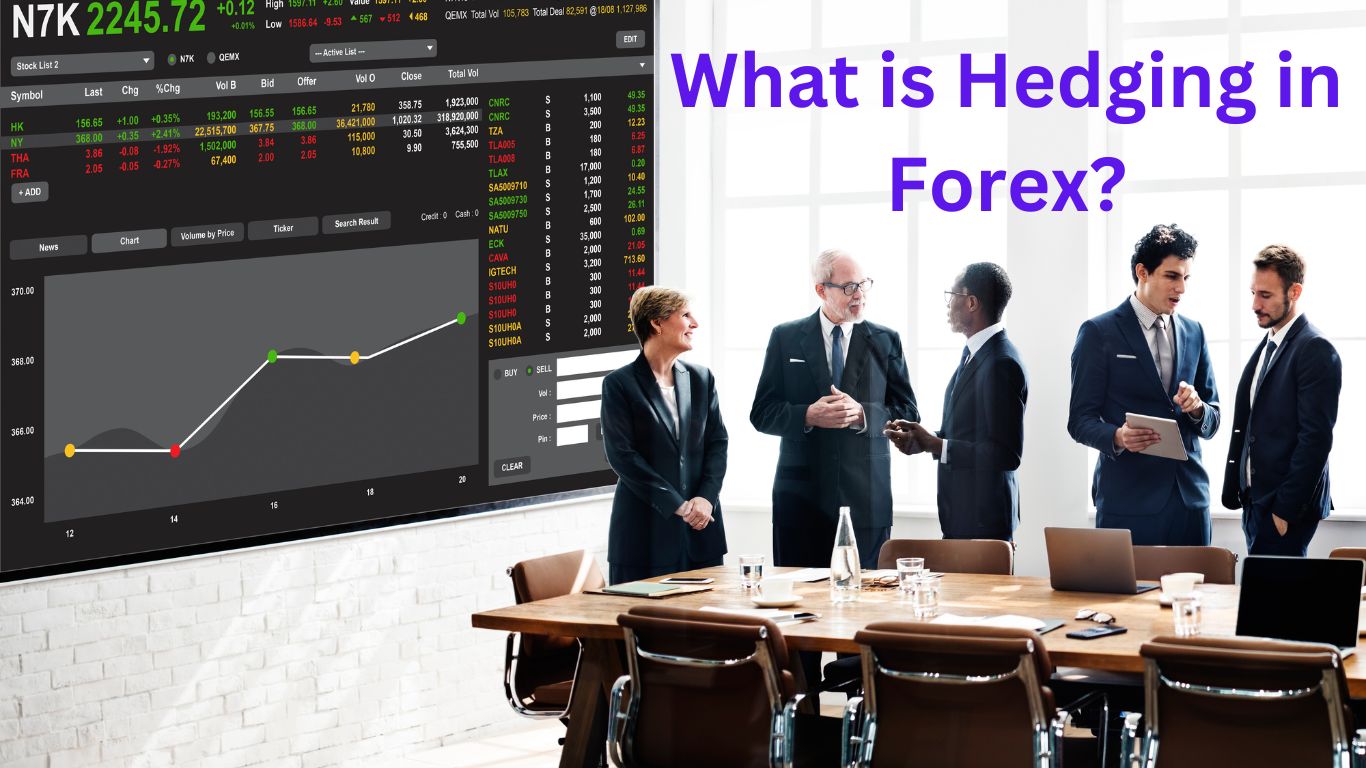What does hedging really mean in forex?
Hedging is a term that usually means that a trader decides to make a short entry and a long entry at the same time in a potential cycle transition. Or vice versa. Essentially, this means simultaneous long and short entries in the same pair.
Some traders use hedging as a strategy, which has several advantages. For example, a trader may be long in EURUSD and still believe he will continue to trade. In the midst of uncertainty, if there are signs of a market correction or turnaround, traders can initiate trades in the opposite direction and continue long-term trading. Over time, traders will determine if the potential reversal is a correction leading to continuation or if it has already started reversing for some reason.
If the change of direction is a correction and it continues, the trader can close the short entry, make a second long entry, and continue with two long entries from that point on to take profit.
Types of Hedging in Forex:
There are different types of forex hedging strategies used by traders, including:
- Spot Contracts – Traders buy and sell currencies on the spot market in hopes of selling or buying back at a later date. This strategy is often used to settle future transactions, such as payment for or scheduled receipt of goods or services.
- Option Contract – A trader has the option to buy or sell a currency at a specific price and date. This strategy allows traders to profit from favorable price movements while limiting potential losses.
- Futures Contract – Traders commit to buy or sell a currency at a future date and price. This strategy locks in the current exchange rate and protects traders from price volatility.
Examples of Forex Hedging
Let's see how FX hedging works in practice with some examples
Spot Contract: A US-based company expects its European customers to pay €100,000 within three months. The current exchange rate is US$1.18 per euro. To avoid possible losses due to exchange rate fluctuations, the company can purchase EUR 100,000 equivalent at the spot rate of $1.18. Within three months, the company will receive his €100,000 and sell it at the current exchange rate, regardless of whether the exchange rate has risen or fallen. If the exchange rate rises to $1.20 per euro, the company could make a profit of $2,000. Alternatively, if the exchange rate were to depreciate to $1.15 per euro, the company's losses would be offset by the gains on the guaranteed bonds.
Thanks
















Post a Comment